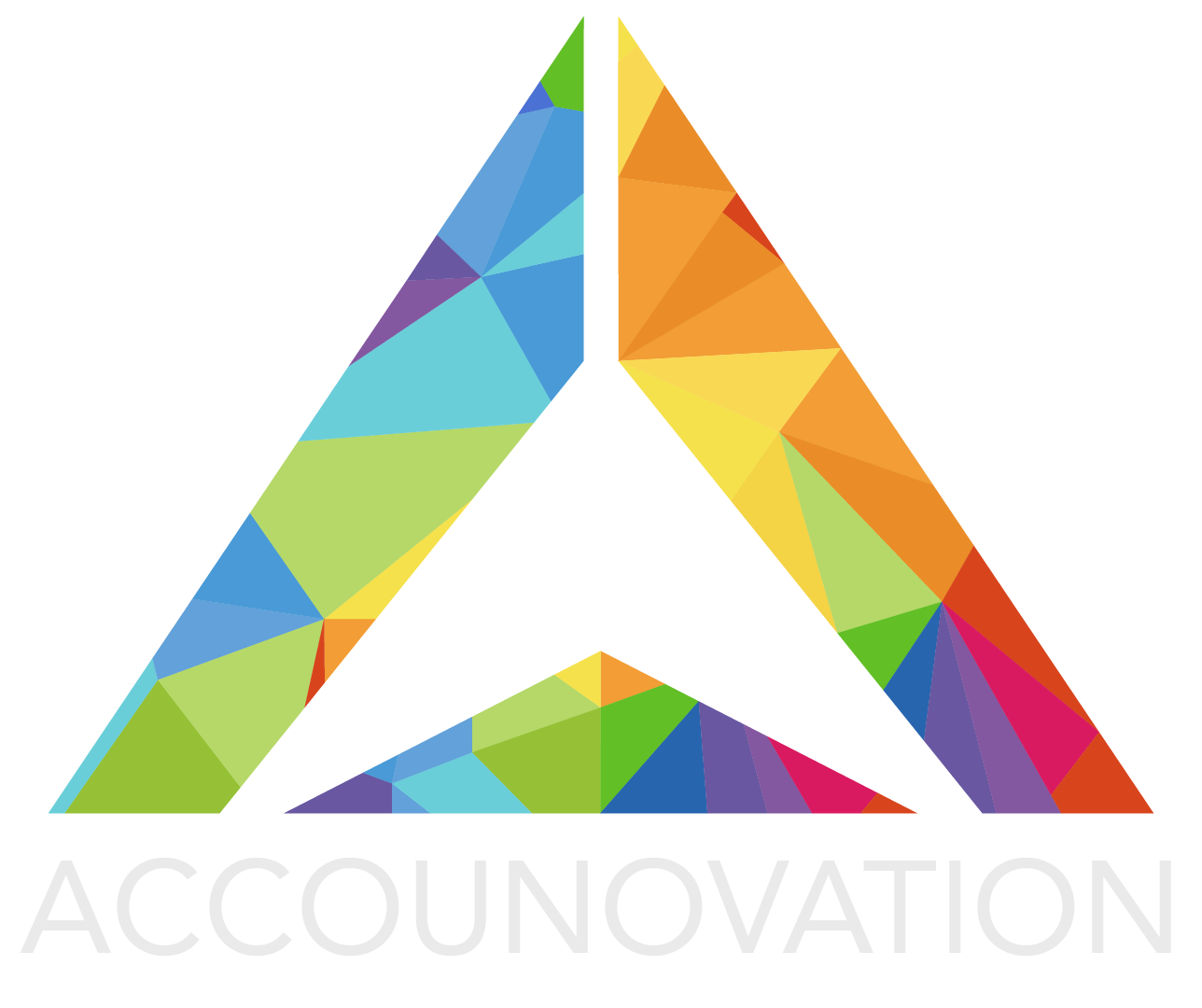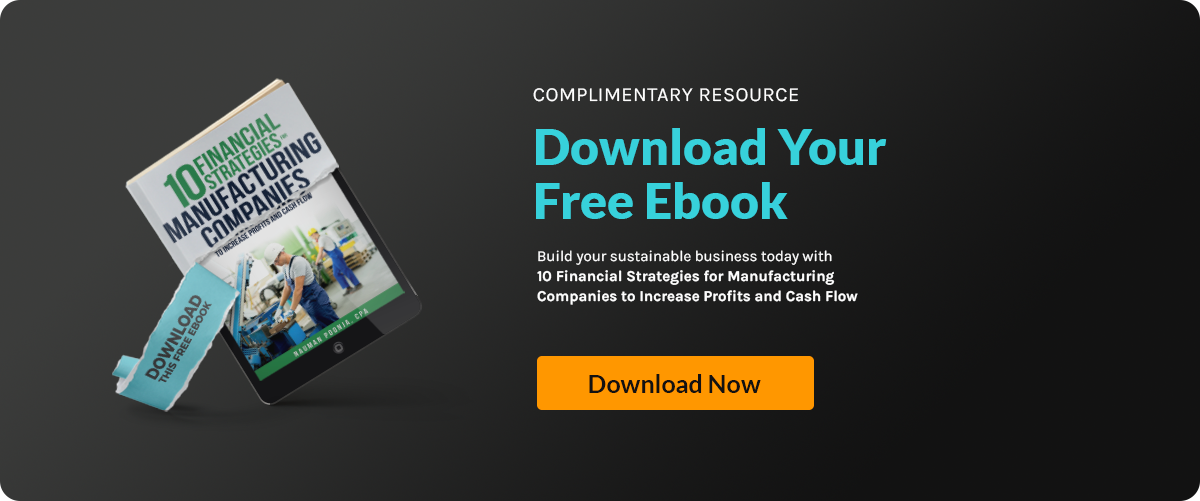Many small to mid-sized manufacturing businesses face rising operational costs, underused...
5 Key Differences Between Tangible and Intangible Assets

In a manufacturing business, your assets help you run operations, produce goods, and grow over time. But not all assets are the same. Some you can touch and feel. Others are invisible, but still valuable.
These are called tangible and intangible assets. Understanding the difference between them helps you make better financial decisions, track value, and stay compliant with accounting standards.
Let’s break down what makes tangible and intangible assets different, and why it matters for your business.
What Are Tangible Assets?
Tangible assets are physical things your business owns. These include equipment, buildings, land, and inventory. You can touch them, see them, and use them in your daily operations.
Examples:
-
Factory machinery
-
Trucks and delivery vehicles
-
Office furniture
-
Raw materials and inventory
-
Buildings and warehouses
Tangible assets usually wear out over time, which is tracked through depreciation.
What Are Intangible Assets?
Intangible assets are non-physical items that add value to your business. These can include your brand name, trademarks, customer lists, and software.
Examples:
-
Patents or copyrights
-
Brand recognition
-
Trademarks
-
Licensing agreements
-
Business goodwill
-
Proprietary software or processes
Though you can't see or touch these items, they can play a big role in your company's long-term success.
Tangible vs. Intangible Assets: 5 Key Differences
| Feature | Tangible Assets | Intangible Assets |
|---|---|---|
| Physical Form | Yes | No |
| Can Be Touched or Moved? | Yes | No |
| Value Over Time | Depreciates | May amortize or stay the same |
| Accounting Treatment | Tracked through depreciation | Tracked through amortization or impairment |
| Examples | Machines, tools, land | Software, trademarks, customer lists |
1. Physical Presence
Tangible assets exist in the real world. You can walk into your factory and see your machines. Intangible assets, like your brand reputation, aren’t visible—but they still hold serious value.
Learn more about asset-driven value in: Maximize Your Return on Invested Capital (ROIC) in Manufacturing
2. Use in Operations
Tangible assets are often used daily in manufacturing—like machines or delivery trucks. Intangible assets, on the other hand, often support operations behind the scenes (like software or patents).
Both types help create value but in different ways.
3. How Value Is Tracked
Tangible assets lose value over time due to use and wear. This is called depreciation. Intangible assets are tracked through amortization or impairment (if their value drops suddenly).
Need help understanding how to record asset values? Read: What is GAAP and Why is it Needed
4. Financial Impact
Both asset types appear on your balance sheet. Tangible assets are usually part of fixed assets. Intangible assets often show up under long-term assets.
Understanding these helps you make smarter decisions around financial forecasting and budgeting.
5. Selling or Transferring Value
Tangible assets are easier to sell because they have a clear resale market. Intangible assets are harder to sell or price unless they have legal protections, like a patent.
This matters when preparing to sell your business or raise funding.
Final Thoughts
Both tangible and intangible assets are important. One gives your business the tools to operate. The other can set you apart from competitors.
By understanding the difference, you can:
-
Track value more accurately
-
Improve your asset strategy
-
Boost investor and lender confidence
Want help managing your business assets? Talk to the experts at Accounovation and see how your assets can work harder for you.







